Table Of Contents
- What is Net-Zero Energy (NZE)?
- A building can offset its energy use by:
- Net-Zero Energy = Total Energy Used – Total Energy Produced
- What is Net-Zero Carbon (NZC)?
- Net-Zero Carbon = Total Carbon Emitted - Total Carbon Avoided
- Net-Zero Carbon vs Net-Zero Energy Certifications
- Sustainable Design Strategies
- Passive Strategies for Sustainable Design
- Solar Shading
- Active Strategies for Sustainable Building Design
- Renewable Energy
Table Of Contents
- What is Net-Zero Energy (NZE)?
- A building can offset its energy use by:
- Net-Zero Energy = Total Energy Used – Total Energy Produced
- What is Net-Zero Carbon (NZC)?
- Net-Zero Carbon = Total Carbon Emitted - Total Carbon Avoided
- Net-Zero Carbon vs Net-Zero Energy Certifications
- Sustainable Design Strategies
- Passive Strategies for Sustainable Design
- Solar Shading
- Active Strategies for Sustainable Building Design
- Renewable Energy
Many cities are moving quickly towards net-zero codes to hit the 2030 Targets. In additional to these stringent codes, there are a growing number of rating systems, each with a slightly different take on how to get to net-zero buildings. Read on to get the information you need to confidently help your clients with insights about the varying rating systems and strategies to achieve them.
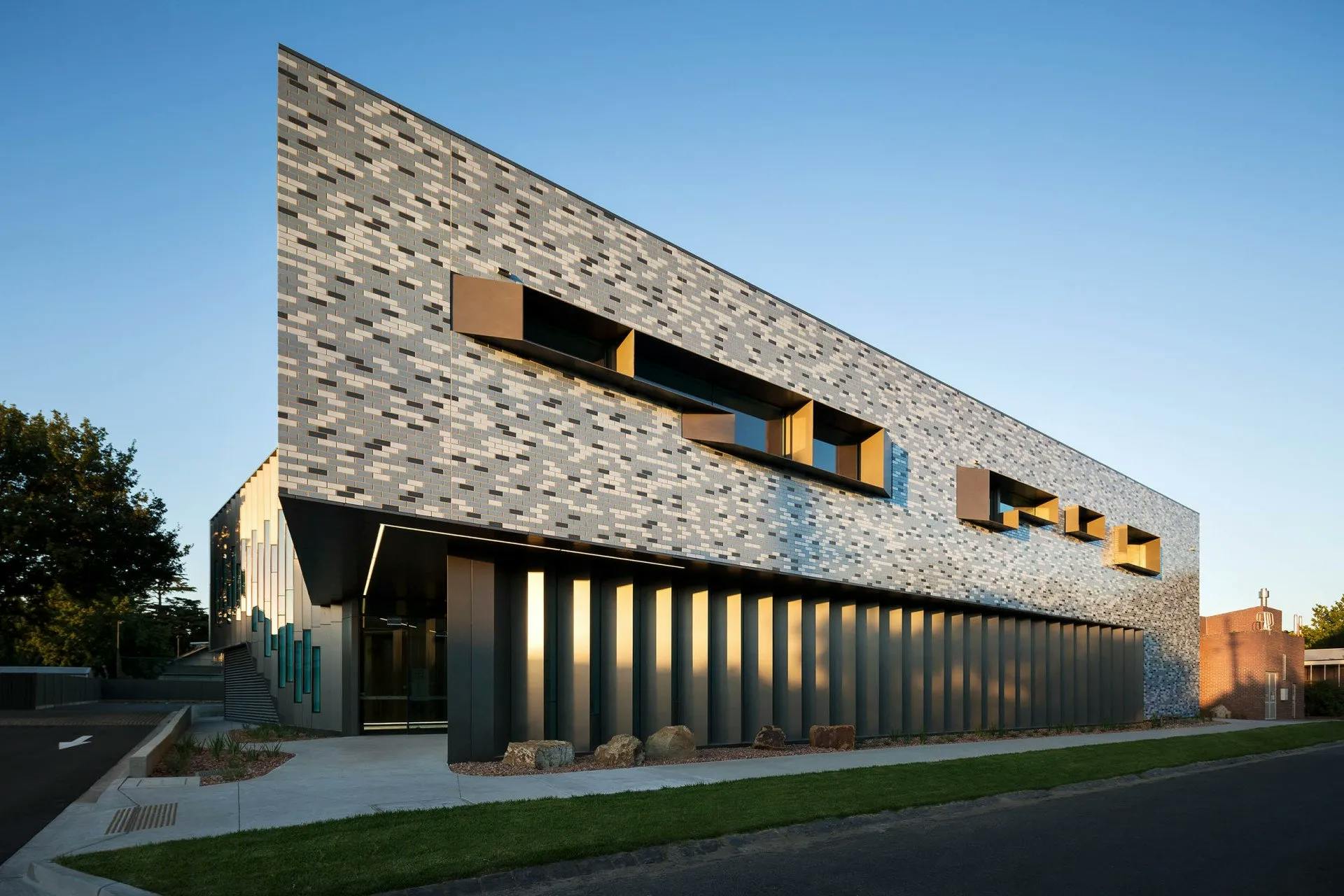
What is Net-Zero Energy (NZE)?
Net-Zero Energy refers to the ability of a building to offset the amount of energy required to build and operate throughout its lifetime. Building operations account for 40% of carbon emissions and contribute to climate change throughout the life of the project.
A building can offset its energy use by:
- Producing energy onsite via equipment like solar panels or wind turbines.
- Accounting for its energy use through clean energy production offsite.
- Be designed to use less power.
These are typically complementary strategies with the first option directly linked to the initial costs of the building design. Contrary to popular thinking, getting to net zero is relatively affordable as long as optimization is used. Just maxing out building performance on mechanical systems or glass will work but it leads to high construction cost!
There is not a single building form, massing, or visual language that must be used. Rather, architects and engineers must use data driven design to understand how the constraints interact with the design objectives. Optimizing the energy requirements of a properly designed building will exponentially help reduce power demand and the amount of power to produce or offset. The simplified formula for achieving NZE is below.
Net-Zero Energy = Total Energy Used – Total Energy Produced
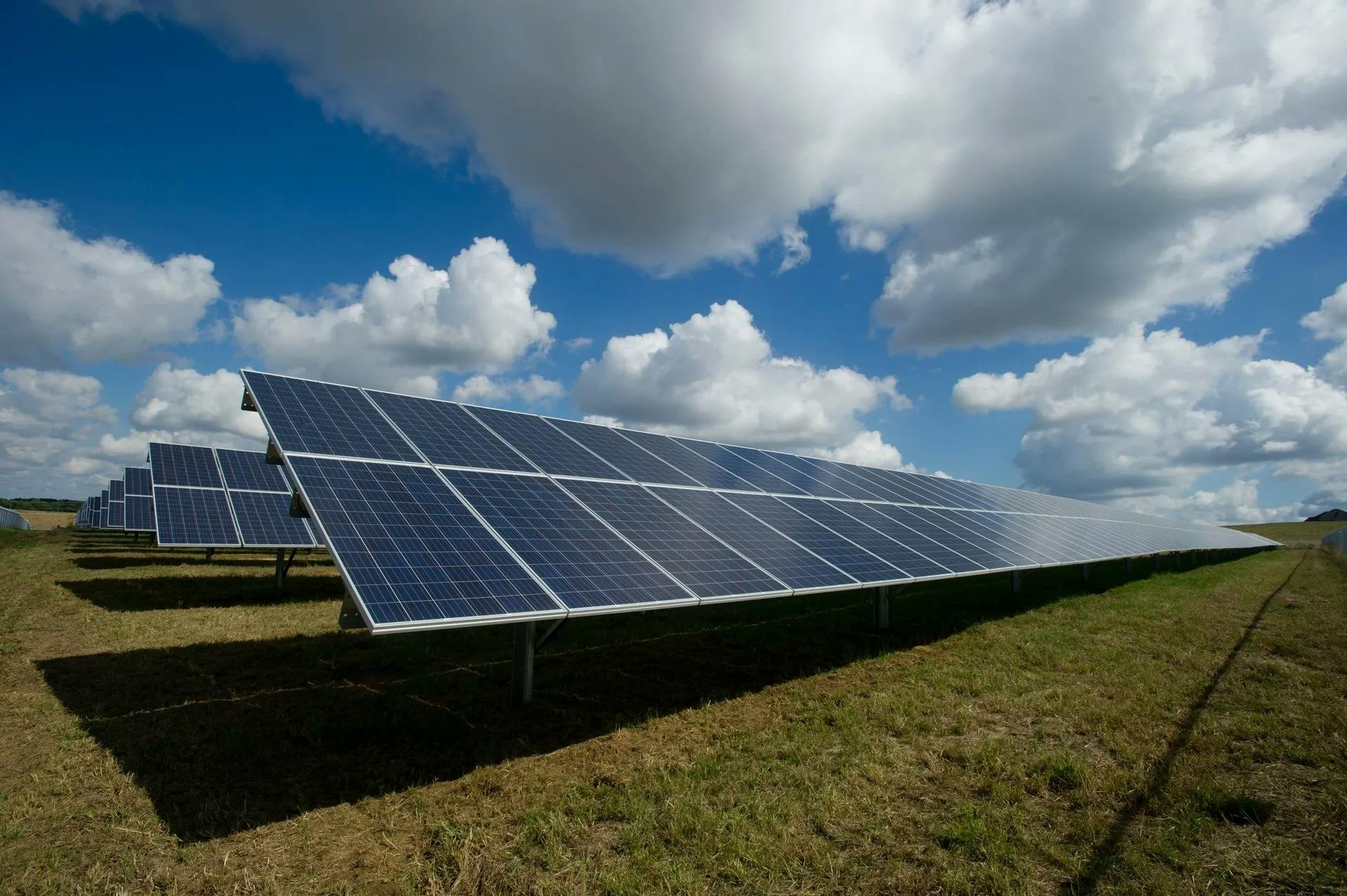
What is Net-Zero Carbon (NZC)?
Net-Zero Carbon refers to the ability of a building to offset the amount of embodied carbon from the process of creating a building. As described in our article on Embodied Carbon (kgCO2e), embodied carbon refers to the Greenhouse Gases (GHGs) emitted during the extraction, manufacture, transportation, construction, replacement, and deconstruction of building materials, together with the end of life emissions.
Building construction uses high amounts of embodied carbon and currently accounts for 10% of the world's carbon emissions, making carbon neutrality a top priority for architectural projects. Even more critically, the carbon is emitted immediately during construction making it difficult to hit the 2030 targets and prevent the worst case of an uninhabitable Earth. Embodied and operational carbon must therefore be balanced by selecting materials with high impact on building performance but low impact on embodied carbon.
Achieving NZC requires the reduction and offsetting of non-sustainable building materials and construction practices that cause high carbon emissions, like specifying building materials with low kgCO2e values. Similar to achieving NZE, the reduction of carbon has an exponential effect on a building design that is net-zero carbon.
Net-Zero Carbon = Total Carbon Emitted - Total Carbon Avoided
Net-Zero Carbon vs Net-Zero Energy Certifications
There are now multiple certifications available for recognizing NZE and NZC buildings. Carbon neutrality is the key initiative for climate change survival of cities as outlined by Architecture 2030, who has established a goal to achieve a carbon-neutral built environment by 2040. Certifications create incentives to meet this goal. Most are operational programs with annual building data reporting required to achieve and maintain certification. While in the past these goals may have felt impossible they are increasingly code minimums in many jurisdictions.
While operational verification of net-zero is required for certification, the project team should identify some of the requirements early in the design process. This helps with setting goals to make sure the building is on track to be net-zero within the budget. Multiple organizations offer certifications for NZE and NZC buildings. Requirements for each certification differ slightly. Below is a breakdown of the different certifications available and how cove.tool features support designing toward each one. It is important that the team communicate and pursue holistic solutions that look at how everything is connected rather than fighting for specific features.
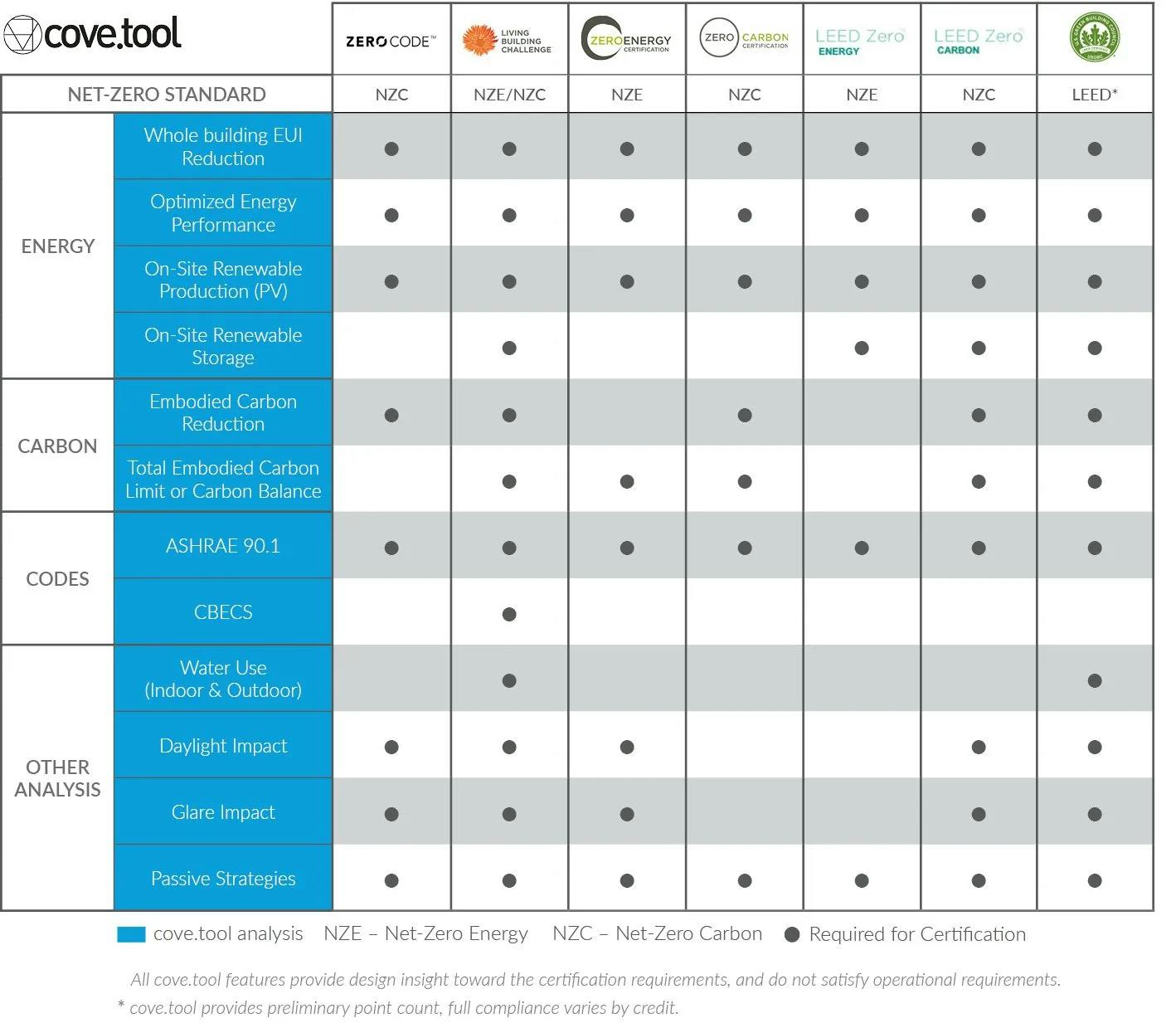
While not every building will apply for certification, design strategies toward net-zero buildings are simply good design. The lower the energy demand upfront, the less energy needed to make up later. This energy/carbon in = energy/carbon out is the neutral balance and net-result of zero energy/carbon wasted for net-zero strategies. Predictive tools to automate the insight of design decisions provide users with an understanding of how to design for better building performance. Users can leverage cove.tool features of whole-building energy-use-intensity (EUI), LEED v4.0 credits, energy reduction targets, building efficiency, embodied carbon reduction, daylight and glazing studies, shading strategies, passive strategies, and PV loads for solar panels as on-site energy production. Good design strategies working toward net-zero are beneficial to the architecture even without certification and is possible. Currently teams are seeing a small 2% to 3% construction cost increase from switching to net-zero designs as long as they use cost vs energy optimization.
Sustainable Design Strategies
Reduction is the overarching design approach for all net-zero energy and net-zero carbon design strategies as it directly affects the energy or carbon required to offset later. Reducing the energy demand on a building provides the appropriately sized system for building operations and can lead to large cost savings to avoid value engineering (VE) down the line. Getting the embodied carbon down through material decisions also results in enhanced occupant experience by decreasing harmful off-gassing from chemicals that affect occupants' productivity.
Its important to note that rule-of-thumb concepts are not enough to make a net-zero building as each building and its conditions are unique and rapid analysis with optimization is the key to striking the neutral-balance. However, common strategies of approaching design help design teams understand the impact of their decisions. Applying any number of the below strategies during your design process will guide your work toward energy and embodied carbon reduction and keep your project on track toward net-zero.

Passive Strategies for Sustainable Design
Designing with passive strategies is about understanding the environmental constraints of the site and designing a response that does not require active mechanical systems. Examples include using ambient energy sources to cool, heat, shade, or ventilate a building space. Working with the natural conditions without requiring added electrical load helps decrease the energy required to offset for a net-zero building. Environmental qualities have a critical role in design to know what is specifically needed to minimize heat transfer through the building envelope (exterior walls), which will then rely less on mechanical systems to maintain occupant comfort levels. While the automated cove.tool model studies this for the architects, teams can also invite the engineers to their web projects for an integrated approach. For example, a simple exercise of making sure the mechanical engineer has access to the space plans, can assist in reducing the mechanical load by allowing the engineer to use actual people (instead of an assumption) in the system design calculations.
Passive sustainable design strategies should be incorporated in the early stages of the process to be most effective. cove.tool provides an automated report for your project's site offering highly technical environmental analysis through simplified and action-oriented design recommendations specific to each project. It is best to generate 6 Climate Passive Strategy Diagrams: Temperature & Humidity, Radiation by Sky Segment, Adaptive Comfort, Radiation Benefit, Psychrometric Chart, and Monthly Wind Rose.
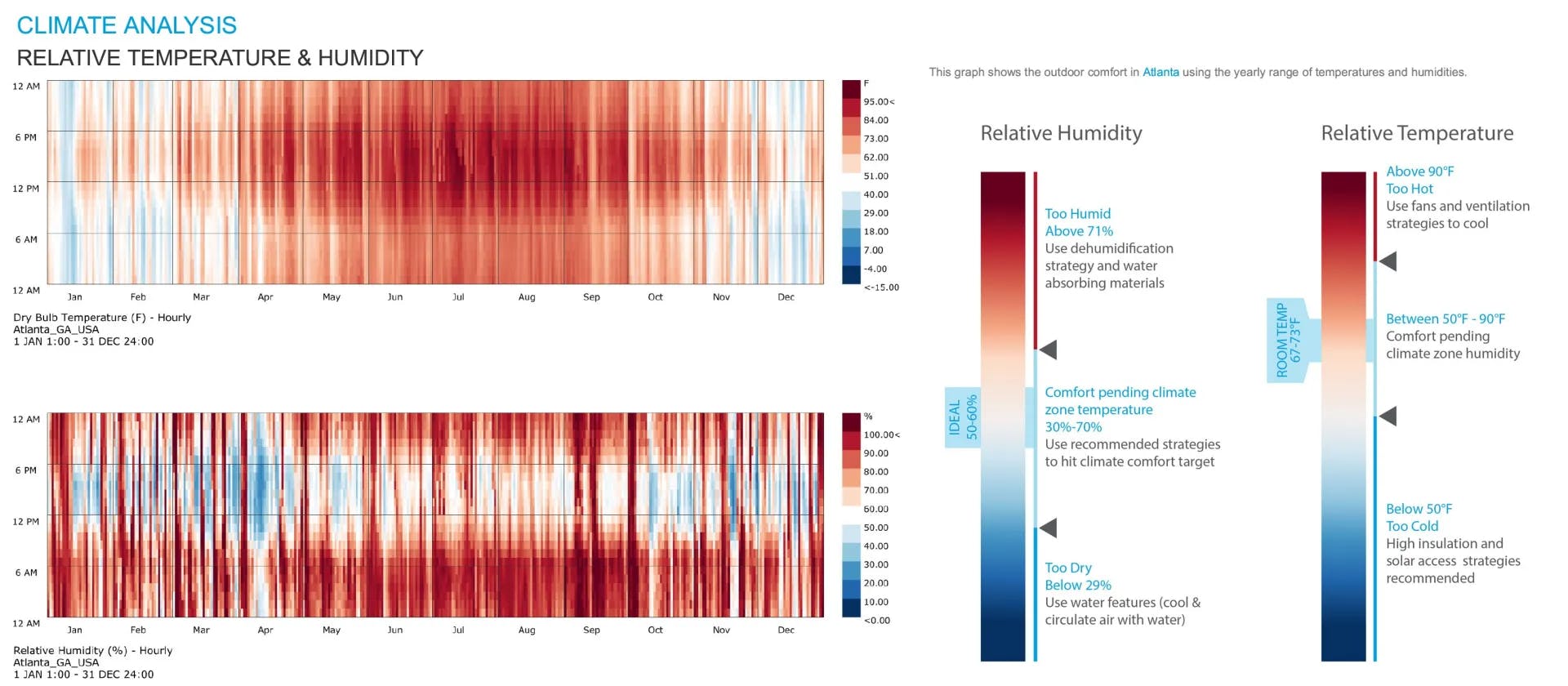
Solar Shading
A specific passive strategy to highlight is the solar shading of your building. Formal qualities have a large role in the energy demand for every building and directly impact everything associated with the function and aesthetic desired during the design phases. A good way to think about this is to consider that the heat added to the inside of your building has to be adjusted to stay at set temperature levels, typically by an HVAC system. The less the mechanical system has to work, the less energy you need to use, and the more likely your design will reach net-zero. Keep in mind that shading from surrounding buildings is often very beneficial and should be explored by using context.
Solar shading encompasses a large scope of design strategies from Building Massing, Orientation, WWR (Window to Wall Ratio), Glazing Placement, Envelope Properties, Fenestration performance, and traditional shading elements (fins and overhangs, light shelves, shadow boxes, and cantilevers), modern shading elements (frit, interior shades, dynamic glass). It is important to quickly provide immediate results through full-floor plate analysis and rapid prototyping facade feature to understand better the design that is allowing more light in and how to shade it. Ultimately, simulating the window properties of Solar Heat Gain Coefficient (SHGC) and Visible Transparency (VT) help the energy demand added by the glazing design. It may be surprising to learn that northern climate need the sun to provide free heating in the winter.
Reducing the SHGC value while allows finding acceptable visibility for occupants will help keep the heat out, lowering demand on the mechanical system.
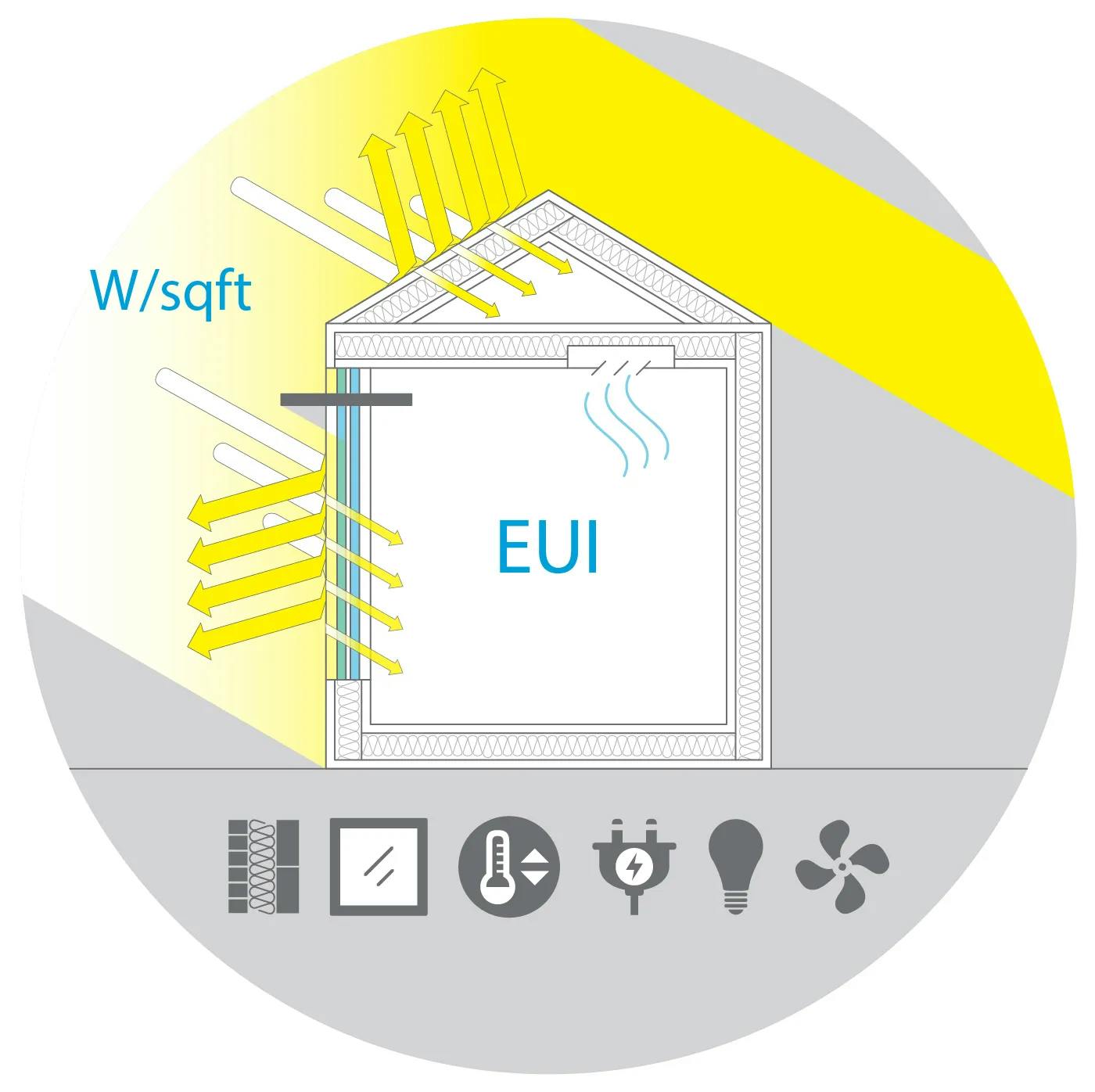
Active Strategies for Sustainable Building Design
Building's energy use refers to the energy required to operate and sustain the project once it's occupied. The metric is expressed as the energy per square foot per year (kBtu/ft2/yr) or as it is more commonly known as the EUI or energy use intensity. Using the cove.tool EUI chart will provide immediate feedback on the performance impact of the current building design. Getting this chart to zero represents a net-zero building. EUI breakdown includes heating, cooling, lighting, equipment, fans, pumps, and hot water that represents the mechanical system of a functional building.
A more detailed overview of what is covered in these categories can be found here. The goal is to increase the efficiency of the active system to decrease the demand for energy overall. There are many ways to achieve this and is precisely why cove.tool exists to help automate the simulation and optimization of these systems. Showing a reduction of energy use is helpful, but to reach net-zero energy the optimal overall solution is crucial as every project has many variables and entities involved that don't all have net-zero as the top priority.
Optimizing for energy reduction and initial cost helps the whole team quickly reach an informed decision on the best route forward with the best performing options at the table. Optimization is the core powerhouse of reaching net-zero building design. cove.tool has developed an accurate and powerful optimization engine to help bridge the gap between design intent and optimal design solution.
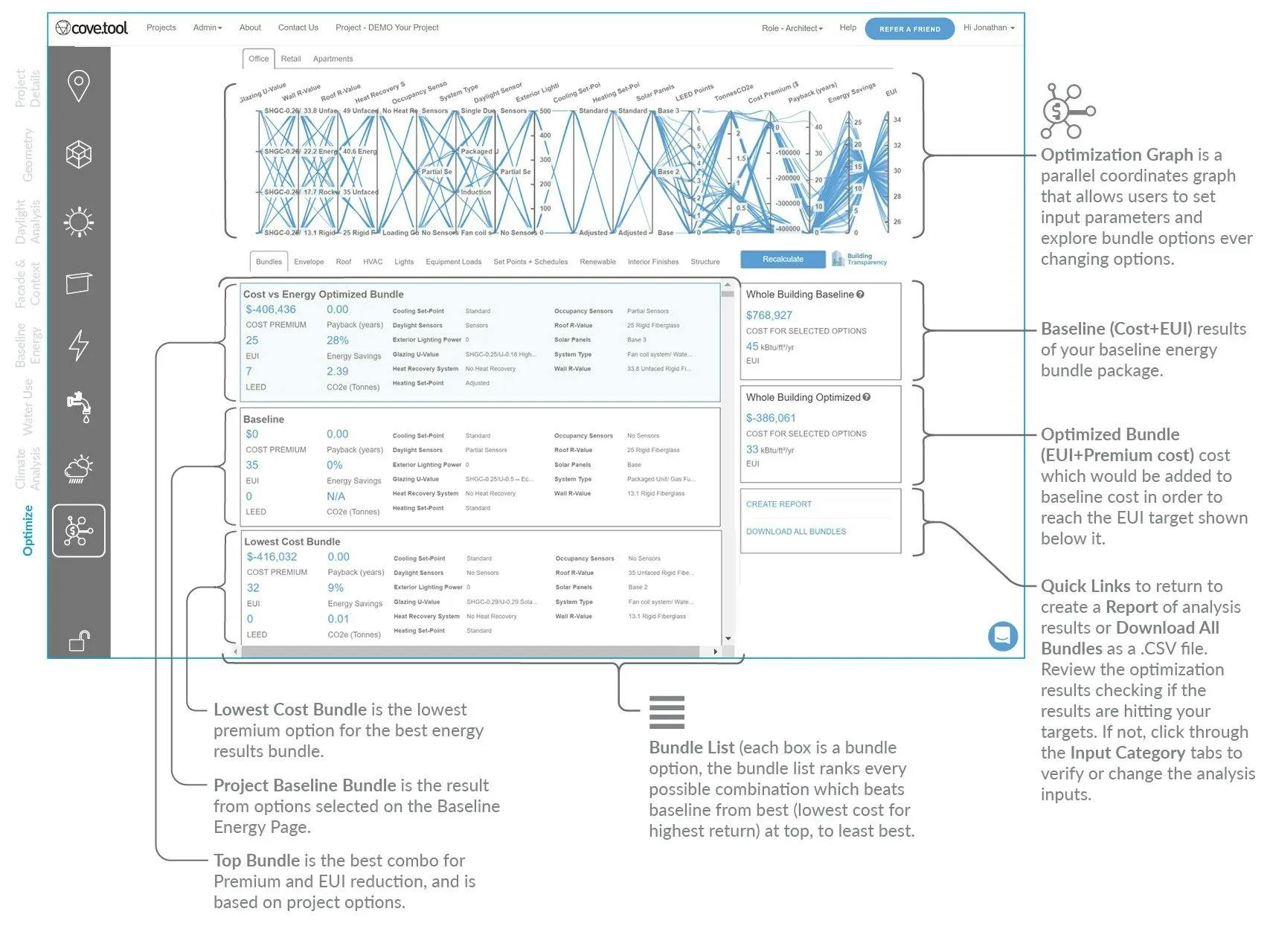
Renewable Energy
On-site renewable energy is another essential tool for reaching net-zero. Off-site renewable energy is essential as well but requires live operational data from the source energy (power plant) and is thus outside the scope of building design. Providing energy generation is the final tool for net-zero energy design and is possible through technologies that produce electricity, like wind or photovoltaic "solar" panels.
The strategy is simple. Use natural energy sources like the wind or the sun to generate electricity. For a building to reach net-zero, this strategy must produce the same electricity as what it uses - annually. Predictive input for PV loads helps with its energy analysis. By calculating the total square feet of panels and the type of panels used cove.tool can provide the potential power generation for your building. The placement is assumed on the roof, the best location for facing the sun in most cases. Always use a radiation analysis to determine the best location for your panels. Power generation is the final piece of sustainable building design to reach both net-zero-energy and net-zero-carbon status.
